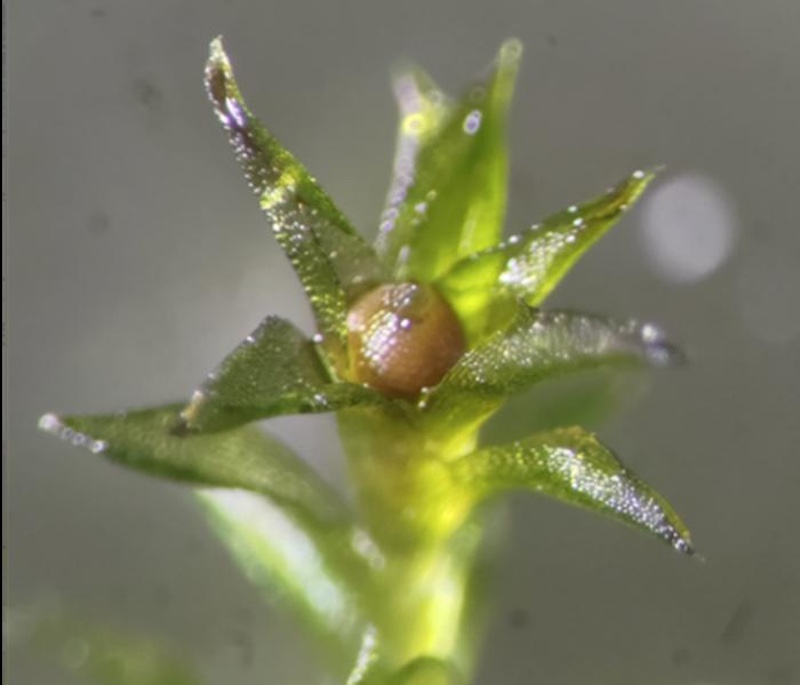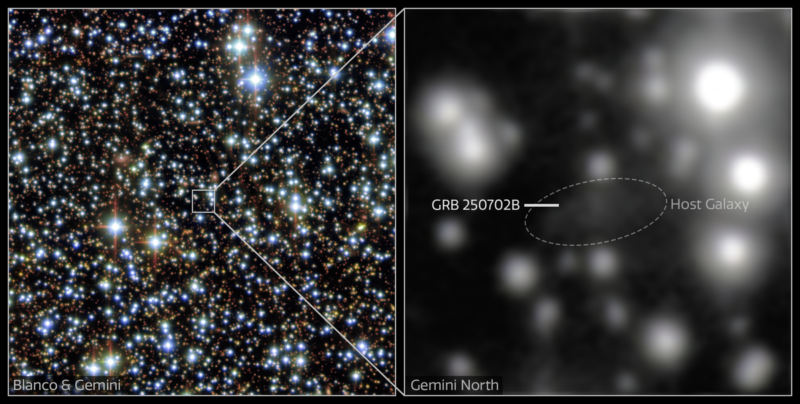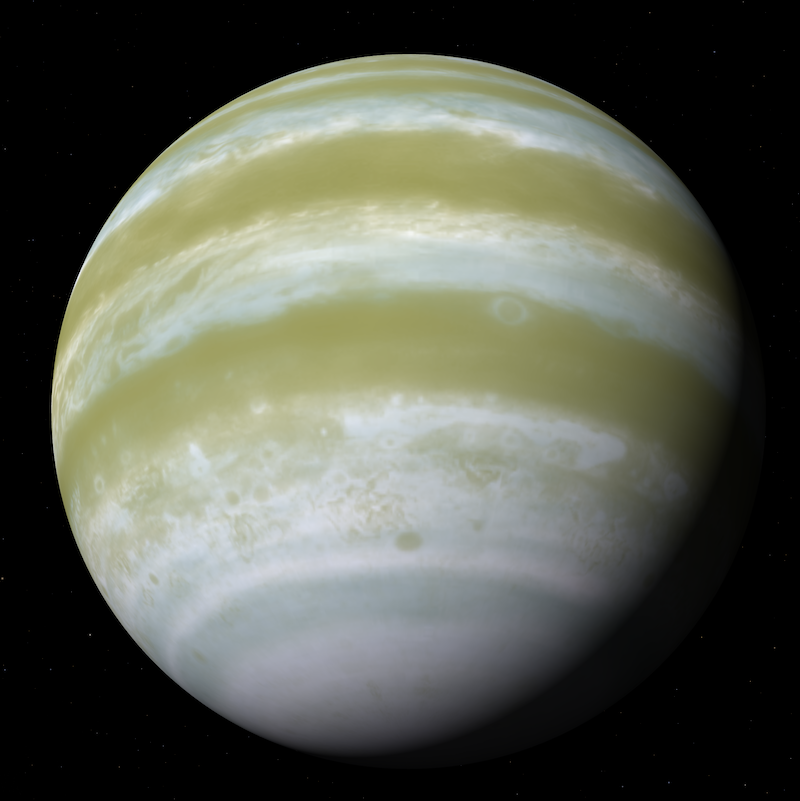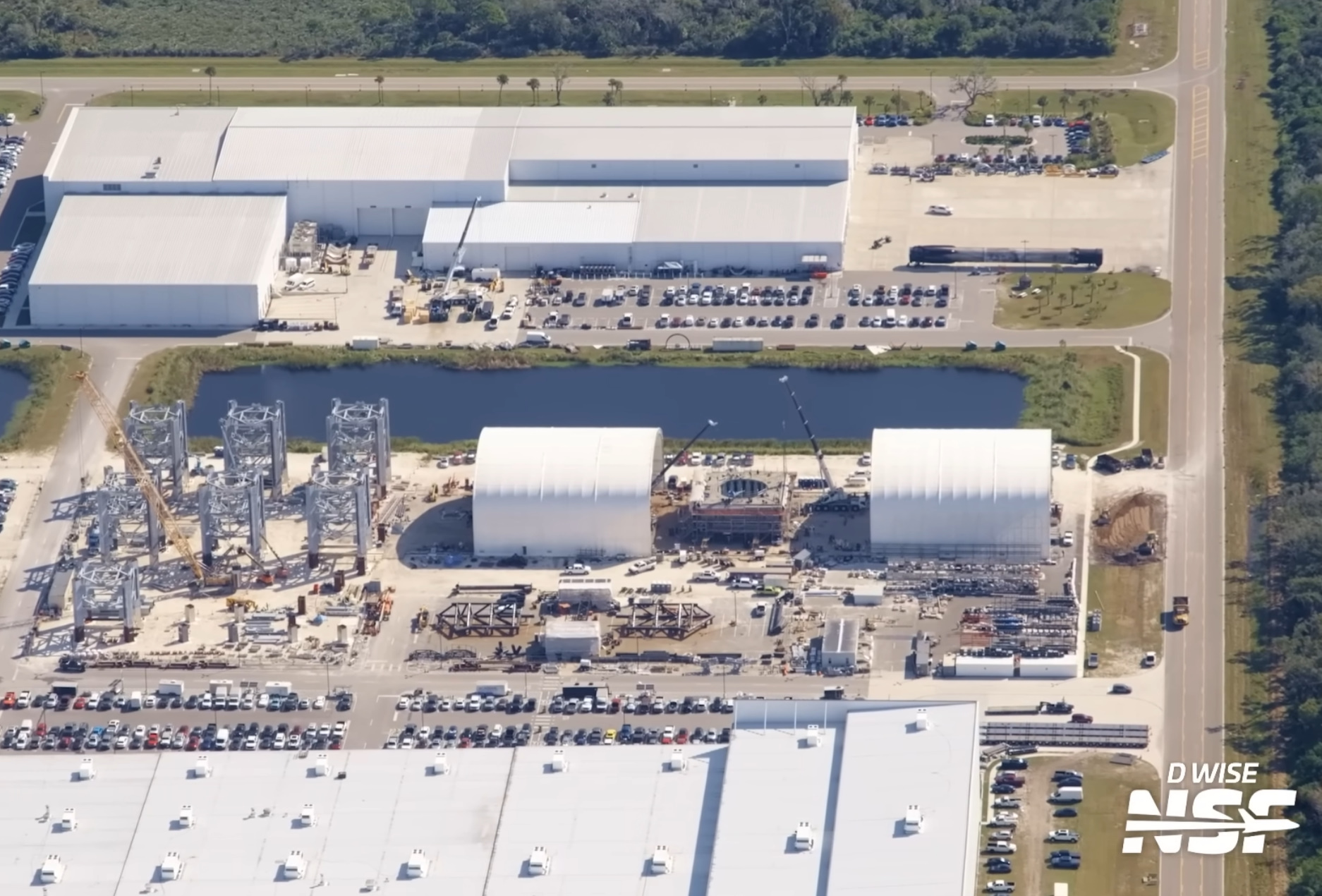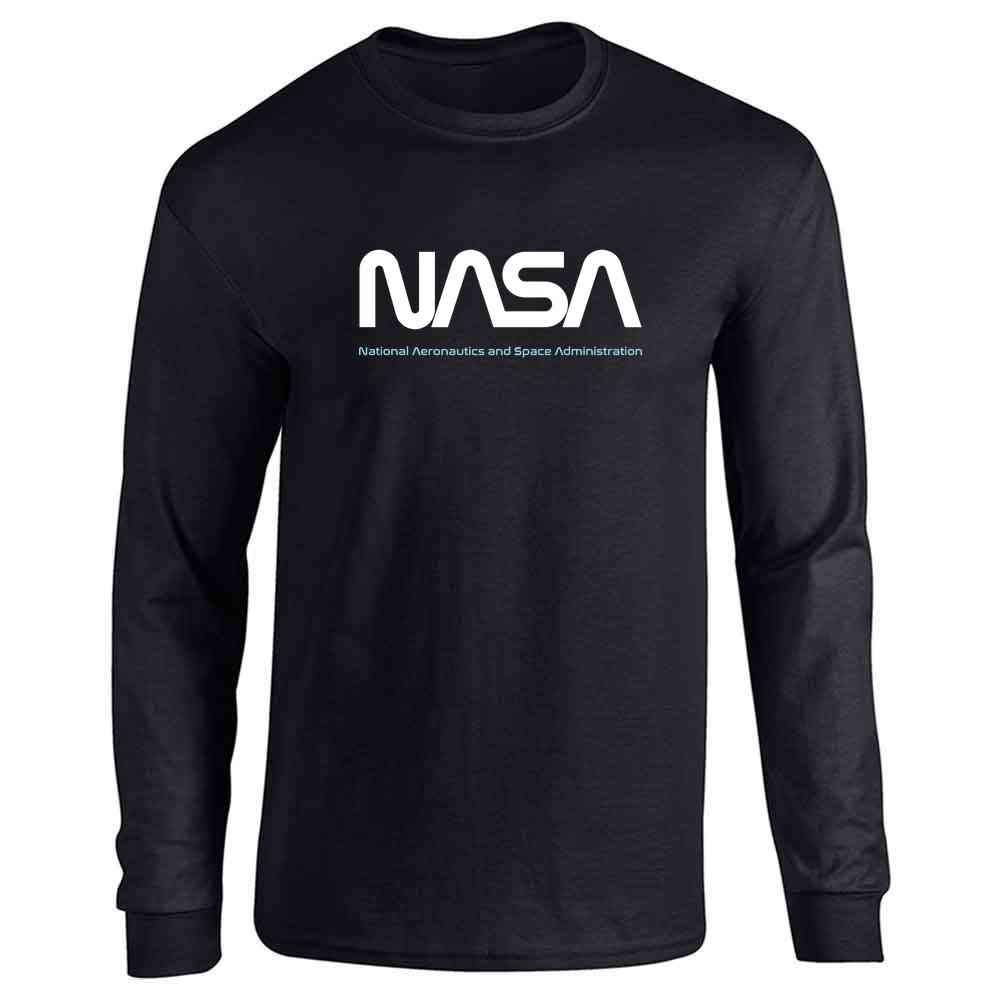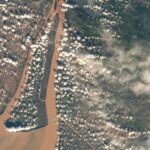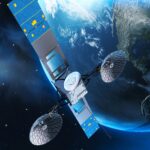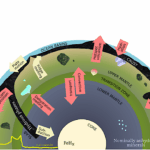Now Reading: Could Taurid fireballs – aka Halloween fireballs – bring a risk to Earth?
-
01
Could Taurid fireballs – aka Halloween fireballs – bring a risk to Earth?
Could Taurid fireballs – aka Halloween fireballs – bring a risk to Earth?
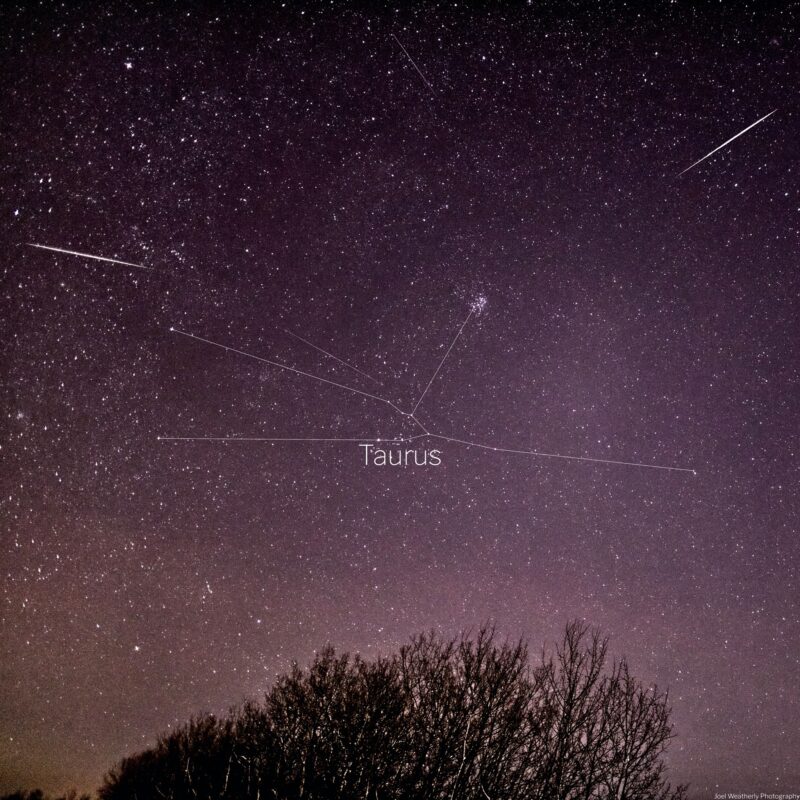
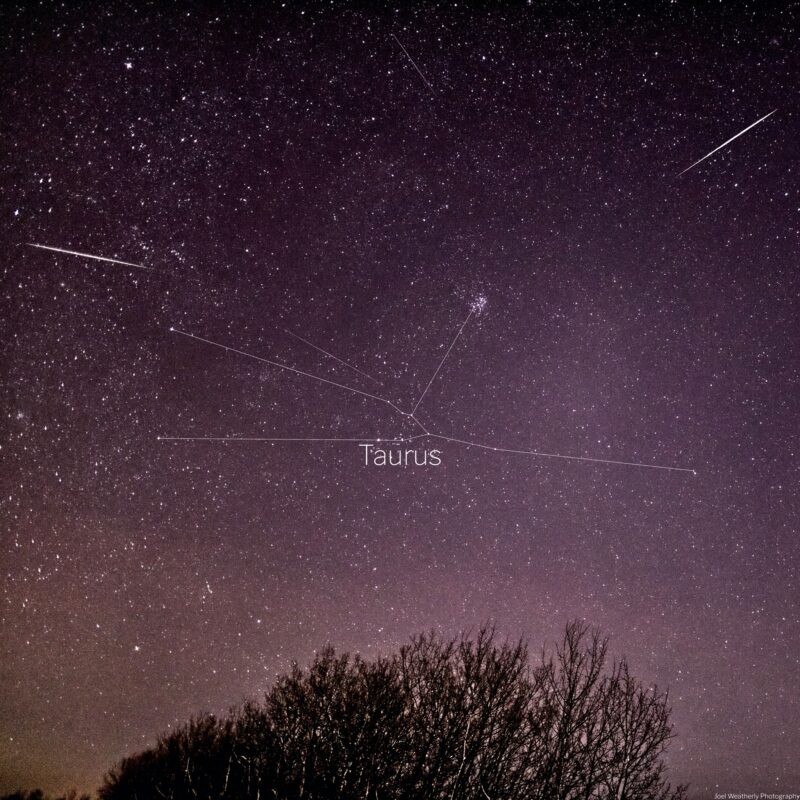
Halloween fireballs and an increased risk of airburst
If you see a “shooting star” around Halloween, there’s a good chance it’s part of the Taurid meteor shower. The North and South Taurids are annual meteors that peak in late October and early November each year. The showers are known to produce fireballs, especially bright meteors, not every year, but regularly enough that astronomers have come to look for them. They sometimes call them Halloween fireballs. The fireballs are an indication of a swarm of larger-sized objects moving within the Taurid meteor stream.
And – on October 29, 2025 – researchers at the University of New Mexico said that, in the years 2032 and 2036, the Taurids might bring us an increased risk of impacts to Earth’s atmosphere by these larger space objects. The scientists say the Taurids might produce airbursts, or explosions in Earth’s atmosphere, not unlike the great Tunguska event that killed reindeer and flattened some 80 million trees in Siberia on June 30, 1908.
Some astronomers have even suggested there could be large asteroids hiding in the Taurid swarms.
Do these Taurid meteor swarms really exist? And are there larger objects in the swarms that could pose a risk for Earth? We don’t know for sure. The new research says that, if the swarms do exist, we could be at a higher risk of airbursts in 2032 and 2036 than previously believed. Lead author Mark Boslough of the University of New Mexico said:
The … swarm is theoretical. But there is some evidence that a sparse swarm of … objects exists because bright fireballs and seismic signatures of impacts on the moon have been observed at times that the theory has predicted.
The researchers published their study in the peer-reviewed journal Acta Astronautica on October 29, 2025.
Where do the Taurid meteors come from?
Most meteor showers come from comets. When a comet comes in toward the sun, it warms up and releases a trail of debris – dust particles and rocks – along its path. Earth frequently crosses comet paths in its own orbit around the sun. The bits of comet dust and rock enter our atmosphere and burn up due to friction with the air … and voila! We have a meteor shower.
The Taurid shower is a bit different. It might be the result of a large object that broke up, creating Comet Encke and several asteroids. And scientists think that one of those asteroids – 2004 TG10 – is the parent to the Taurid meteor shower. This asteroid, which the Spacewatch program discovered on October 8, 2004, has an orbit that matches Comet Encke.
And there are multiple Taurid meteor showers. The South and North Taurids are November meteor showers, and the Beta Taurids in June are a daylight shower. They are all associated with Comet Encke and its debris.
A matter of planetary defense
Astronomer Mark Boslough said that investigating the possibility of the Taurid meteors producing airbursts is a matter of planetary defense. That’s because, in the past, airbursts have wreaked havoc on the ground.
The 1908 Tunguska explosion in Siberia in 1908, an airburst killed reindeer and in the Tunguska explosion. Tunguska was likely due to a Beta Taurid meteor.
Closer to our time, on February 15, 2013, a meteor exploded in the air over Russia. The Chelyabinsk meteor damaged buildings around the city of Chelyabinsk. The Ministry of Emergency Situations in Russia reported the following day that some 1,500 people sought medical attention following the airburst, mostly due to flying glass.
Boslough said:
Planetary defense is the multidisciplinary and internationally coordinated effort to protect the Earth and its inhabitants from impacts by near-Earth objects. It requires surveys to discover and track near-Earth objects, campaigns to characterize those that are hazardous, modeling efforts to understand and predict impact effects and associated consequences, and mitigation through impact avoidance and/or civil defense.
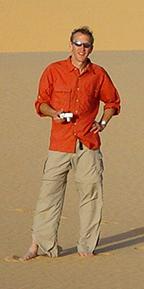
Researching the Halloween fireballs
The researchers looked at observational data on the Taurid meteors. They found:
… the risk from airburst-sized near-Earth objects, which are small enough to explode in the atmosphere instead of striking the ground, might be larger than currently estimated.
The debris that lights up the Taurid meteors or Halloween fireballs is in harmony with Jupiter’s orbit. For every seven orbits of the sun the debris stream makes, Jupiter makes two orbits. This puts it in resonance with Jupiter. So part of its stream approaches Jupiter at regular intervals. And Jupiter’s large gravity might help organize that stream into dense clusters. The researchers said if Jupiter is indeed having this affect on the swarm, Earth could pass near these denser clusters in 2032 and 2036.
Thus the increased risk of airbursts in Earth’s atmosphere.
Testing the theory
Boslough said this hypothetical Taurid swarm could be observable:
We have the technology to test the Taurid resonant swarm by using existing telescopes for targeted sky surveys in 2032 and 2036 when the hypothetical swarm will make very close approaches.
In 2032, the angle at which we approach a possible Taurid swarm will be on the nighttime side of Earth. And in June 2036, it will be on the daylight side of Earth. Daylight fireballs are much harder to observe. The researchers said that a concentration of such objects in a swarm (if it exists):
would be observable by telescopes after they miss the Earth and recede into the night.
However, the chance of an airburst is still not something you should lose sleep over. Boslough said:
The average probability is extremely low, so even an enhanced risk means that the probability would still be low.
Any large asteroids hiding in the swarm are not likely to be world enders. As the paper said:
There is no evidence for objects in the Taurid stream that are above the global catastrophe threshold, but the possibility of a few large objects and a significant population of objects the size of the Chelyabinsk or Tunguska bodies has not been eliminated.
Animations of possible meteor swarms
The videos below show the possible meteor swarms Earth could pass through in 2032 and 2036. The white dots showing the swarm are not to scale.
Taurid resonant swarm in 2032. Video via UNM.
Taurid resonant swarm in 2036. Video via UNM.
Bottom line: Researchers from the University of New Mexico said that the Taurid meteor shower – aka Halloween fireballs – could bring an increased risk of an airburst in 2032 and 2036.
The post Could Taurid fireballs – aka Halloween fireballs – bring a risk to Earth? first appeared on EarthSky.
Stay Informed With the Latest & Most Important News
Previous Post
Next Post
-
 012024 in Review: Highlights from NASA in Silicon Valley
012024 in Review: Highlights from NASA in Silicon Valley -
 02Panasonic Leica Summilux DG 15mm f/1.7 ASPH review
02Panasonic Leica Summilux DG 15mm f/1.7 ASPH review -
 03From Polymerization-Enabled Folding and Assembly to Chemical Evolution: Key Processes for Emergence of Functional Polymers in the Origin of Life
03From Polymerization-Enabled Folding and Assembly to Chemical Evolution: Key Processes for Emergence of Functional Polymers in the Origin of Life -
 04How New NASA, India Earth Satellite NISAR Will See Earth
04How New NASA, India Earth Satellite NISAR Will See Earth -
 05And Thus Begins A New Year For Life On Earth
05And Thus Begins A New Year For Life On Earth -
 06Astronomy Activation Ambassadors: A New Era
06Astronomy Activation Ambassadors: A New Era -
07SpaceX launch surge helps set new global launch record in 2024












